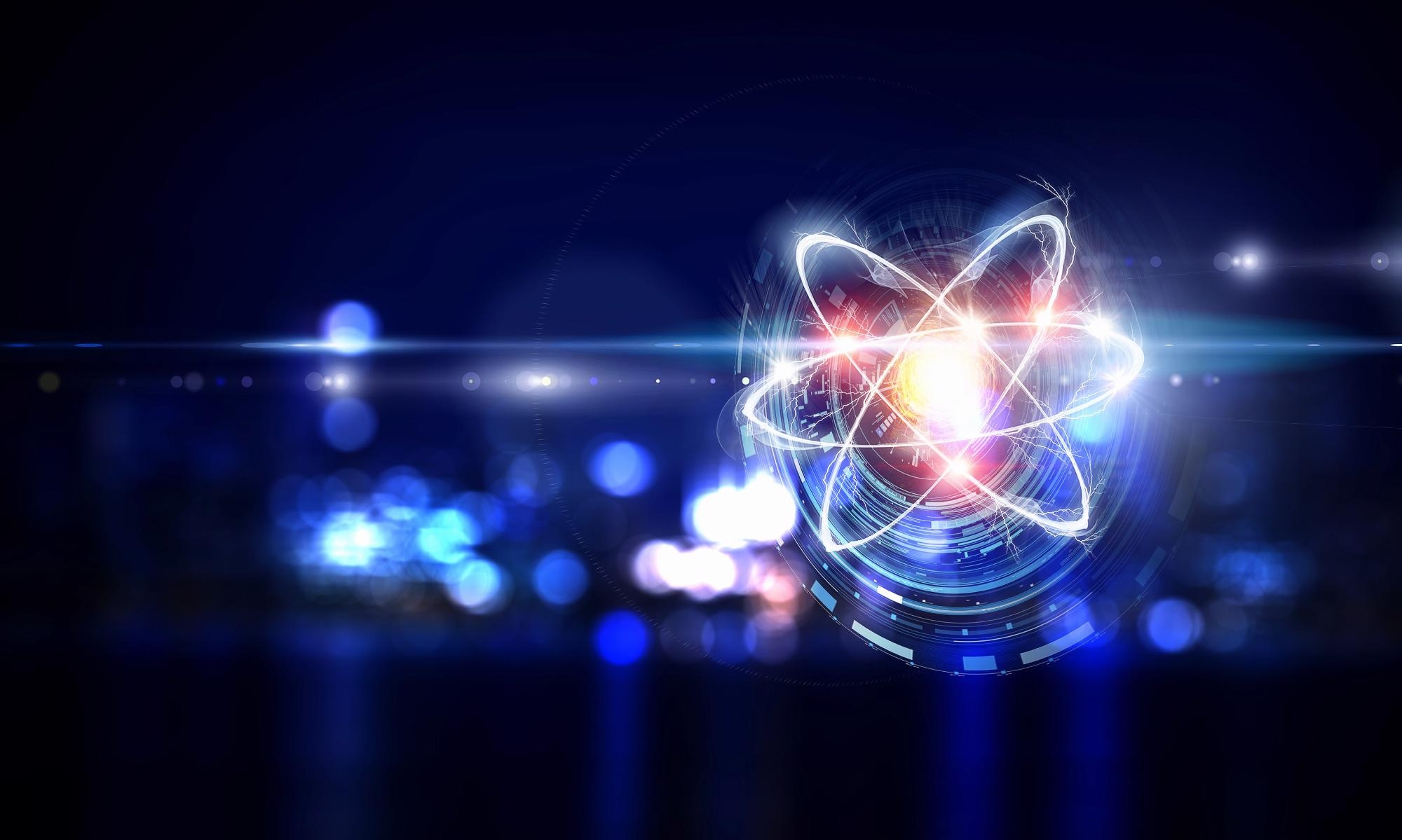May 24 2021
Ionization energy is considered one of the most significant physicochemical parameters. It is defined with respect to the amount of energy needed to rip an electron from an atom.

Image Credit: shutterstock.com/Sergey Nivens
The reliance of the ionization energy on the atomic number governs the periodic law of chemical elements, which is assumed to be constant.
Depending on the earlier forecasted effect of altering the electron mass, the research group demonstrated that the ionization energy of atoms positioned in photonic crystals with an ultra-high refractive index can be altered considerably.
Photonic crystals are media with periodically altering electromagnetic properties. An example of a photonic crystal is a thick packing of dielectric microspheres, between which there is a blank space.
The size of these voids is highly sufficient to designate an electron or an atom that is positioned there free from interaction with the walls’ material. Still, the surrounding of photonic crystals indirectly impacts the properties of particles by altering their radiation field.
The fact is that as per the modern picture of the world, all particles take part in vacuum quantum fluctuations. Especially, an electron consistently creates and instantly destroys virtual photons. It so became that photonic crystals have the ability to impact this interaction.
Conventionally, this question has been studied just for electrons that are bound in an atom. An atom that takes part in such a process obtains a correction to its energy which is known as the Lamb shift and is very small compared to the atomic energies themselves, even if the atom is positioned in photonic crystals.
The reason why nobody has taken the quantum fluctuations of a free electron in a photonic crystal into account is its mass in this state matches infinity. The fact is that as a result of the interaction with vacuum, the mass of a free electron should obtain a correction, which is known as the electromagnetic mass.
This correction is added to the 'bare' mass of the electron and develops its factually noted mass. But calculations that were executed in the first half of the 20th century revealed that the integrals in the formulas for the electromagnetic mass tend to deviate.
To bypass this issue, physicists developed a mass renormalization procedure, which comprised of disregarding the electromagnetic mass and substituting in all other formulas the 'bare' mass of the particle by the noted mass.
This opened the door to quantum electrodynamics, whose forecasts under ordinary conditions are verified in experiments with high precision. But if photonic crystals impact the interaction with a vacuum, this must be mirrored in the electromagnetic mass and, as a result, in the observed electron mass.
In this case, the scientists demonstrated that a final correction emerges, which is identical to the variation present between the electromagnetic masses of an electron in a vacuum and in a photonic crystal.
As a result of the anisotropy of the photonic crystal, the mass relies on the direction in which the electron flies. This results in the fact that an electron bound in an atom has new energy corrections, which rely on its state.
It has been proven that for very high refractive indices of the substance from which the photonic crystal is created, such corrections become equivalent to the energies of transitions present between levels, such as the energies of ionization transitions.
In this study, they estimated corrections to the ionization energy of alkali and hydrogen atoms positioned in the voids of a one-dimensional photonic crystal that is made of materials with an ultra-high refractive index. It turned out that the reduction in the ionization energy can reach up to 68% in the case of the cesium atom.
The forecasted effect is of huge significance for both fundamental and applied chemistry and physics. Especially, a technique for manipulating electromagnetic mass has been suggested for the first time.
Besides, the effect will enable impacting the periodic law of chemical elements, and the very change in the ionization energy can be utilized to synthesize new chemical compounds and make drugs based on them.
Going forward, the researchers plan to collaborate with big pharmaceutical centers and study the chances of its use for the synthesis of new compounds.
Experimental confirmation of the effect can be performed by quantifying the rate of a chemical reaction that takes place in the gas phase present between the walls of a one-dimensional photonic crystal. They wish to estimate the correction to the ionization energy for other chemical elements.
Journal Reference:
Gainutdinov, R. Kh., et al. (2021) Quantum electrodynamics in photonic crystals and controllability of ionization energy of atoms. Physics Letters A. doi.org/10.1016/j.physleta.2021.127407.